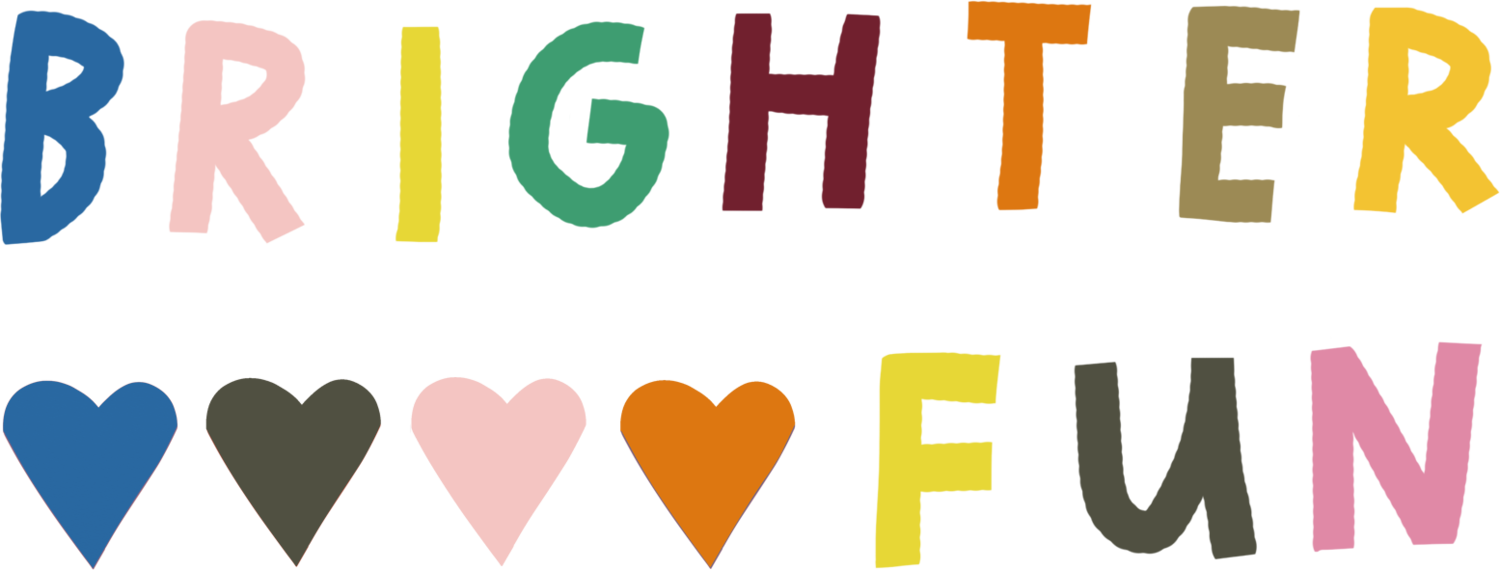The Element of Danger
A few years ago, the Social-Emotional Learning Coach at our school, and a friend, Mr. Chris, recommended a book to us: 50 Dangerous Things (you should let your children do) by Gever Tulley and Julie Spiegler. These two educators founded Tinkering School in 2005 to explore the notion that children could learn by building real things using real tools and real materials.
Some of the fun and “dangerous” ideas presented in the book include licking a 9-volt battery, sleeping outside, whittling, and cooking something in the dishwasher. The book presents a joyful approach to building risk-taking analytical skills, expanding the definition of competence, and differentiating protecting children from overprotecting children.
We’re working on encouraging exploration and taking risks with our kids, especially since we’re mostly in our house all day. Recently, we tried a really fun project, and had such a blast we decided to add it to our shop. Not only did the project incorporate a small element of danger, it also provided space to connect with each other, chat openly, and have fun! We made our own candles!
We recommend you get a set and make them together yourselves. We even cooked mini brownies over the candle flame and toaster marshmallows. Not quite the same thing as licking a 9-volt battery - but still introducing a small element of danger.
Some educational thought leaders concur that risk in play / learning is an important component. We love this line from Community Play Things:
When children are given a chance to engage freely in adventurous play they quickly learn to assess their own skills and match them to the demands of the environment. Such children ask themselves—consciously or unconsciously—“how high can I climb”, or “is this log across the creek strong enough to support me?” They become savvy about themselves and their environment. Children who are confident about taking chances rebound well when things don't work out at first. They are resilient and will try again and again until they master a situation that challenges them—or wisely avoid it, if that seems best.


